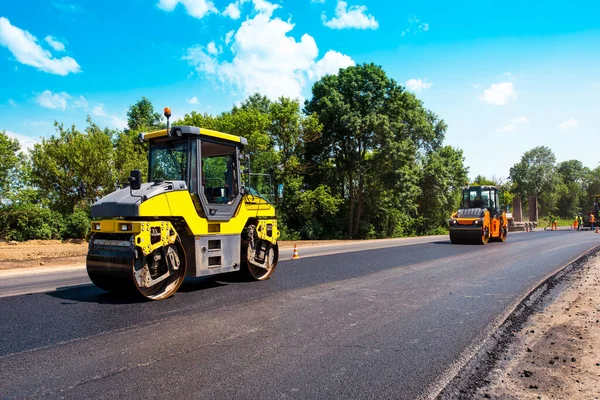Contact Us
RoadVision AI
Private Limited
Office No. 308 & 310, B Block
Ansal Chamber - 1, Bhikaji Cama Place,
Near Engineers India Limited (EIL) Bhawan, New Delhi - 110066
© 2024 | RoadVision AI | All rights reserved
The Indian Roads Congress (IRC) has established vital guidelines for the recycling of bituminous pavements through IRC Code 120-2015. This document serves as an essential resource for civil engineers, road construction professionals, and contractors, providing standardized practices for reclaiming and reusing existing pavement materials. In this blog, we will explore the key aspects of the IRC Code, its significance, and how it promotes sustainable and cost-effective road maintenance.

Recycling of bituminous pavements involves reclaiming existing pavement materials and reprocessing them for resurfacing, repaving, or reconstruction. This practice is not only environmentally friendly but also economically beneficial, as it reduces the need for virgin materials and minimizes waste. The IRC Code 120-2015 was developed by the Flexible Pavement Committee to address the need for a comprehensive approach to pavement recycling, taking into account advancements in technology and performance.
The IRC Code outlines several advantages of recycling bituminous pavements:
The IRC Code categorizes recycling methods into two main types: In-place and In-plant recycling, each with cold and hot process variants.
The IRC Code emphasizes the importance of evaluating the performance of recycled pavements. Key factors include:
Quality control is a critical aspect of the recycling process. The IRC Code specifies testing frequencies for various properties, including:
The IRC Code 120-2015 provides a comprehensive framework for the recycling of bituminous pavements, ensuring that road construction projects are executed with high standards of quality and sustainability. By following these guidelines, civil engineers and construction professionals can enhance the durability and performance of road surfaces while promoting environmentally responsible practices.
RoadVision AI is revolutionizing road infrastructure development and maintenance with its innovative solutions powered by computer vision AI. By leveraging advanced technologies, the platform conducts comprehensive road condition monitoring and traffic surveys, enabling early detection of surface issues like potholes and cracks for timely repairs and enhanced roads. Through traffic congestion analysis, RoadVision AI provides data-driven insights to address traffic congestion challenges and optimize road usage. With a focus on building smarter and more efficient road infrastructure, RoadVision AI ensures full compliance with IRC Codes, helping engineers and stakeholders reduce costs, minimize risks, and improve road safety and transportation efficiency.